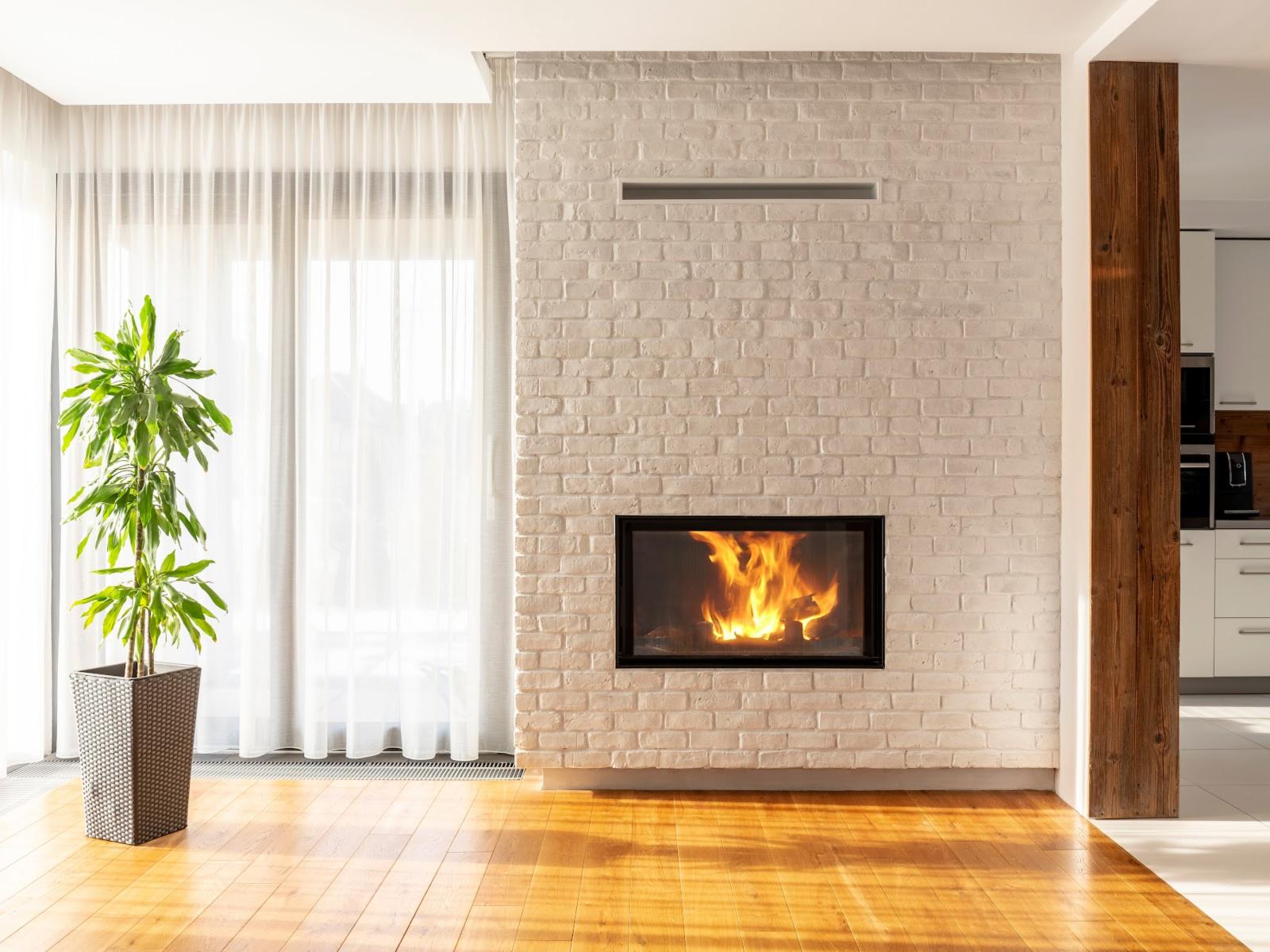
What Is The Difference Between A Chimney and Fireplace
February 1, 2023
A home’s chimney and fireplace may seem like a unified unity, but they are distinct components that harmonize to bring warmth and coziness to your living space. While the fireplace ignites the joy of gathering around a crackling fire, the chimney plays a vital role in maintaining proper airflow and venting harmful gasses out of your home. To ensure the safety and efficiency of your fireplace, it is crucial to grab the inner workings and prioritize regular maintenance, inspection, and cleaning of both the fireplace and chimney.
Your home’s fireplace is where you want to build the perfect cozy fire for your family. The chimney serves as the vent, allowing the heat, smoke, and any harmful gasses (such as carbon monoxide) to be exhausted from your home safely. Your chimney and fireplace work together to keep your home warm and safe. Together, they create a comfortable and secure environment for enjoying fires. Fireplaces and chimneys can come in various shapes, sizes, and designs. Knowing more about how they work and how to care for them properly can help ensure your home and family’s safety when operating them.
In addition to providing warmth and comfort, the chimney and fireplace also hold significant importance in terms of aesthetics and home value. A well-maintained fireplace can enhance the overall ambiance and appeal of your living space, becoming a focal point for gatherings and creating a cozy atmosphere. A properly functioning chimney and fireplace can contribute to energy efficiency by effectively heating your home, potentially reducing heat costs. Understanding the basic functions and taking proactive measures to care for these components will not only ensure their longevity but also contribute to the overall safety and well-being of your home and family.
Your home’s chimney should be inspected annually by a professional who can assess its overall soundness, freedom from deposits, and correct clearances. Additionally, a professional can alert you to any issues that may be present before they become expensive or dangerous. They can also suggest any necessary cleanings or repairs and care tips to ensure the health and lifespan of your chimney and fireplace.
A chimney cleaning is something that is done as needed. However, having an annual inspection will allow a professional to lay eyes on it. It will inform you if it requires it or not. Cleaning will ensure that any excessive creosote, soot, flue blockages, and debris are not present. It is removed to ensure the health of your chimney and fireplace. As well as keep your home from falling victim to a chimney fire.
Also, some insurance policies and building codes mandate regular chimney inspections and cleanings. You must adhere to this so your home will be compliant and your insurance coverage will remain valid. Even if you do not use your chimney, it is crucial to check it annually because things can change even without use.
Water is a chimney’s most significant threat, so investing in a quality chimney cap is essential. You also want to ensure your crown or chase cover is in good shape, and free from any damage. This will also help with offering your chimney protection from water damage. You can have all of this checked during your annual chimney inspection.
Some ways that you can reduce creosote production. This would be by building up to include burning only seasoned wood and building appropriately sized fires. Ensuring the chimney has adequate airflow and only using your fireplace as it was designed to be used. You can also upgrade to a newer appliance model, which can help cut down on build-up. Here are some ways newer designs can reduce buildup.
It’s important to remember that these newer features only reduce buildup. Responsible operation and regular maintenance are critical for a safe and efficient fireplace.
It’s completely normal to have questions about chimneys and fireplaces. We want to provide you with the information you need. That’s why we’ve included commonly asked questions about fireplace maintenance. Feel free to ask any further questions you may have, and we’ll be happy to assist you.
Ensuring your chimney’s performance and safety is essential for a worry-free fireside experience. It’s advised to have a professional chimney inspection and cleaning at least once a year. Regular maintenance helps prevent creosote buildup, a potential fire hazard. You can enjoy cozy fires without compromising safety or efficiency by staying proactive.
Some common signs of chimney problems include:
Also, if you notice unusual sounds or drafts, it’s best to have your chimney inspected.
Removing ashes is an important aspect of fireplace maintenance. It’s recommended to clean out the ashes when they accumulate to about an inch or so in depth. But waiting until the ashes have cooled is important to avoid fire hazards. Using a fireplace shovel or ash vacuum, scoop out the ashes and dispose of them in a metal container. Always follow local ash disposal guidelines to ensure safety and prevent potential damage.
No, burning anything other than seasoned hardwood in your fireplace is not recommended. Burning paper, cardboard, trash, or treated wood can release harmful chemicals. They could also produce excessive smoke and create a fire hazard. These materials also cause creosote buildup in the chimney, increasing the risk of a fire.
Proper chimney and fireplace maintenance is crucial for a safe and enjoyable fireside experience. By scheduling regular inspections and cleanings, you can prevent potential hazards and ensure optimal performance. If you have any further questions or need professional assistance, don’t hesitate to reach out to Cavalier Builders Inc. Our team is dedicated to providing quality work and services to keep your chimney and fireplace in top condition. Contact us today for a worry-free fireside experience.